Increase the Efficiency and Accuracy of the Reporting Process with QEST Platform
Handle the entire report review and signature process electronically. Whether testing has taken place in the field or in the laboratory, users with appropriate rights can easily locate, review and correct reports. Access to the contributing tests is very easy and quick, using the report review mode.
For certain workflows, field users can send reports while still in the field, where that testing workflow allows. When a test report is signed, contributing test data are locked and become ‘read-only’ to prevent other users accidentally changing information that appears on test report that has already been issued.
Of course, the reporting process does not conclude with the signing of the test report. The test report needs to be shared with the appropriate stakeholder(s) securely, promptly and efficiently. QEST Platform is deeply integrated with the Construction Hive system.
Construction Hive has been designed to facilitate the sharing of technical test reports between QEST Platform users and their clients and includes a number of features that make is easier, more traceable and more secure to share these reports. For more information on this system, please explore the Customer Portal section of our website.
In jurisdictions where digital signatures are acceptable, the Construction Hive system incorporates Notarious technologies to enable users to digitally sign test reports (and recipients to verify authenticity).

The Benefits
QEST Platform’s Laboratory Information Management System will provide your firm with the following benefits:
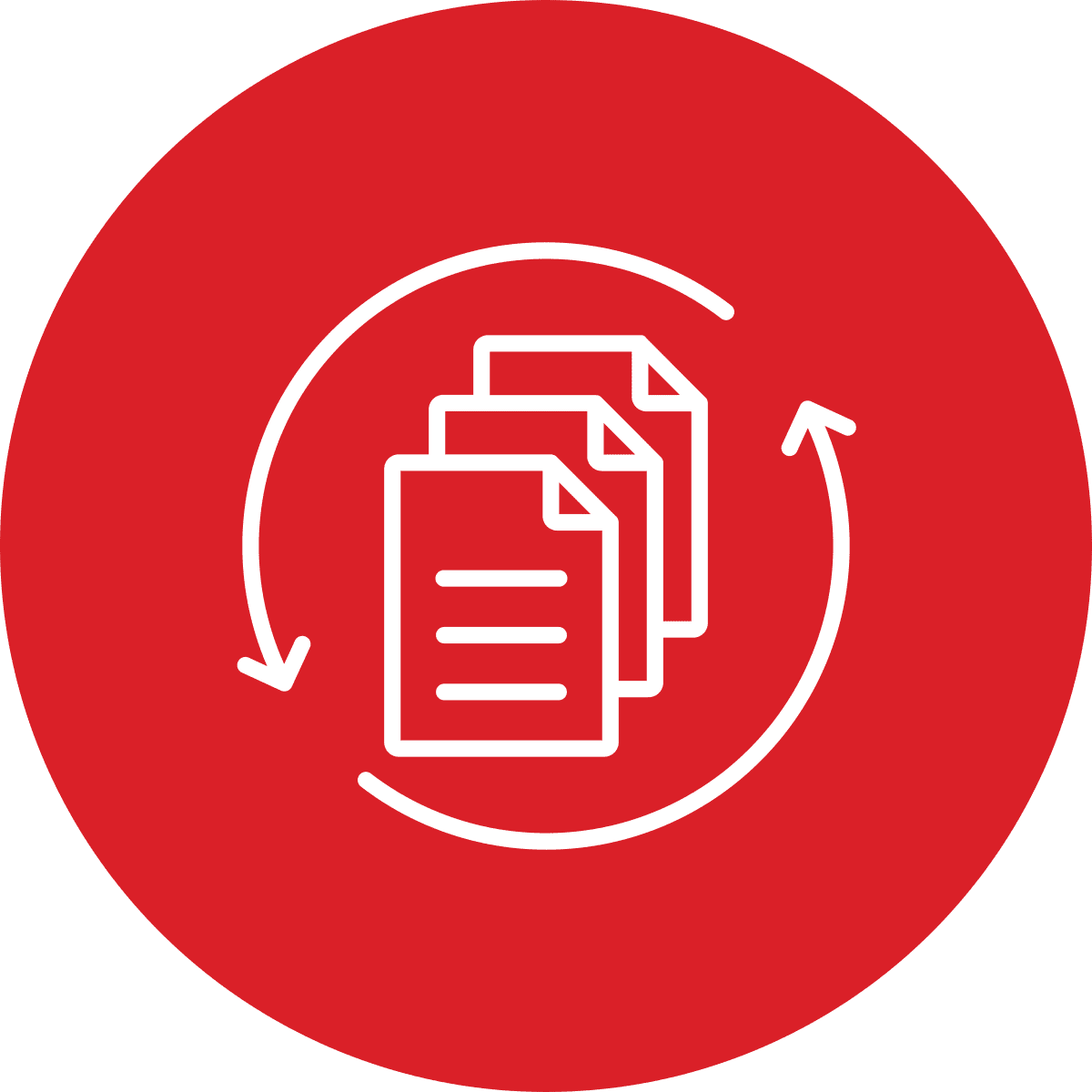
Uniform Test Reports
Ensure consistent reporting formats between individual tests and between different testing disciplines. Support the testing from various disciplines in a single, centralized system, including concrete, aggregates, asphalt, soils etc.
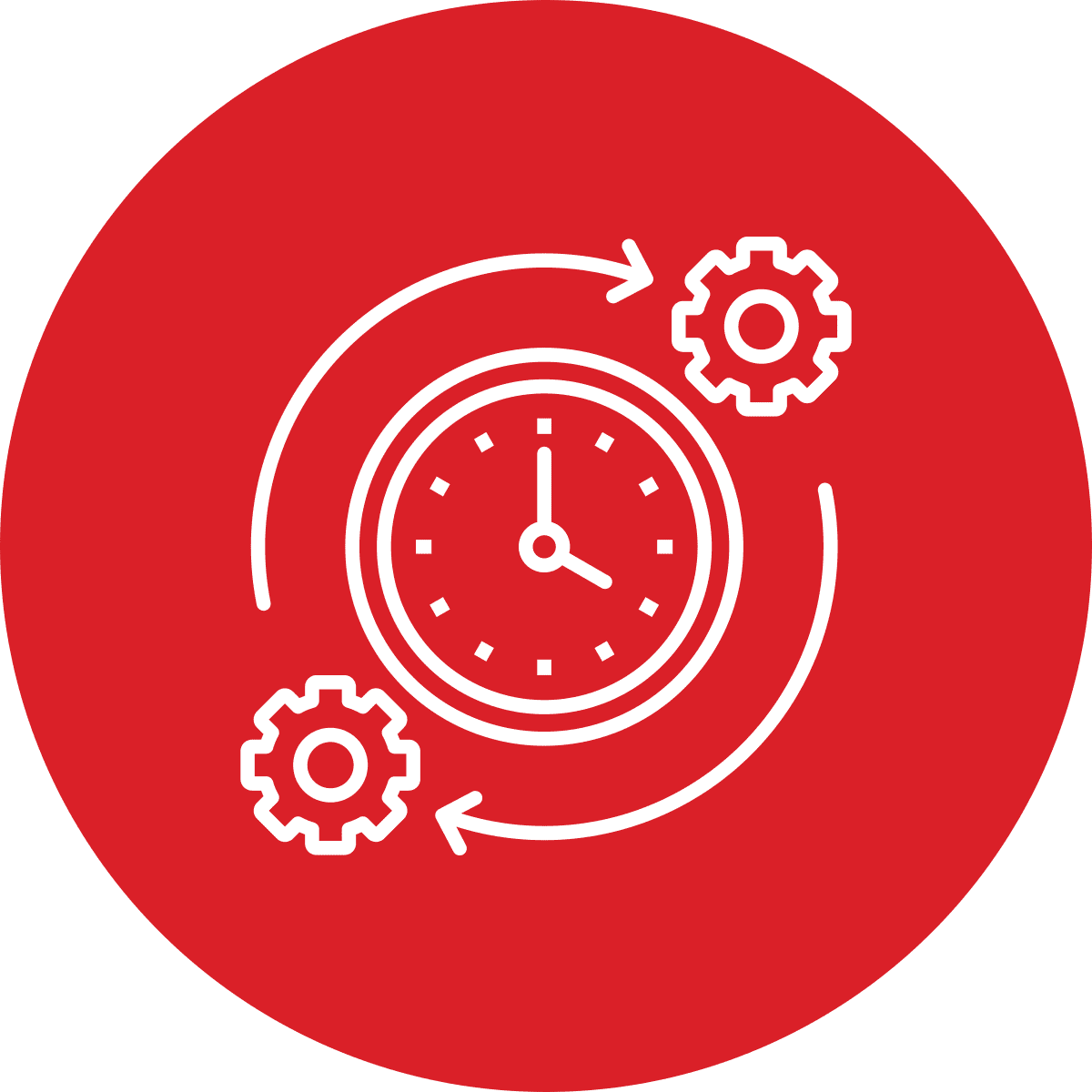
Report Turnaround Time
Reduce report turnaround time by performing data entry/capture as part of the testing workflow (in the field or the laboratory).
Electronically review, correct, approve and distribute test reports using the report approval workflow in QEST Platform.
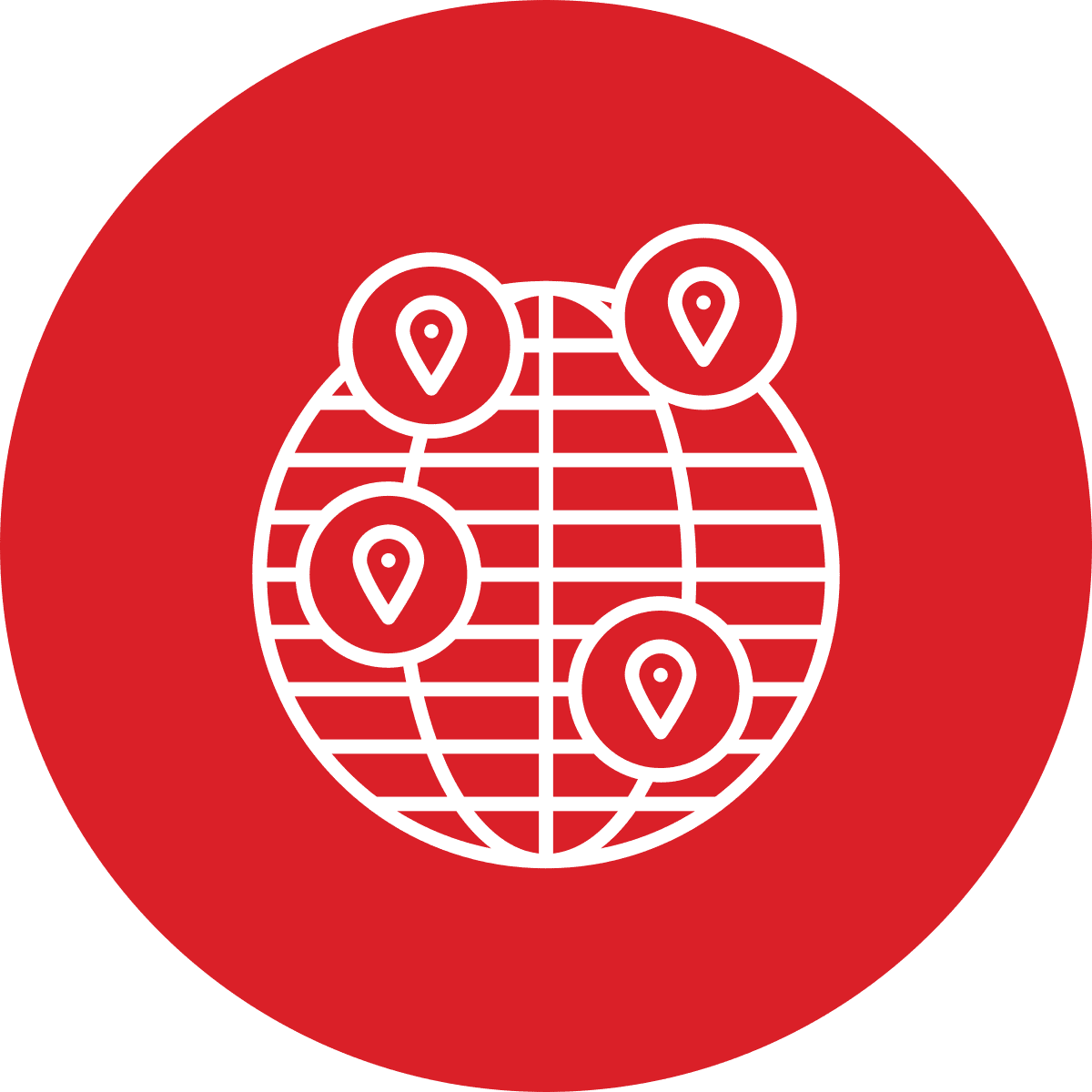
Multi Site Standarization
Standardize processes and practices across multiple laboratories, ensuring consistent report formats are produced across the organization, and providing centrally available data.
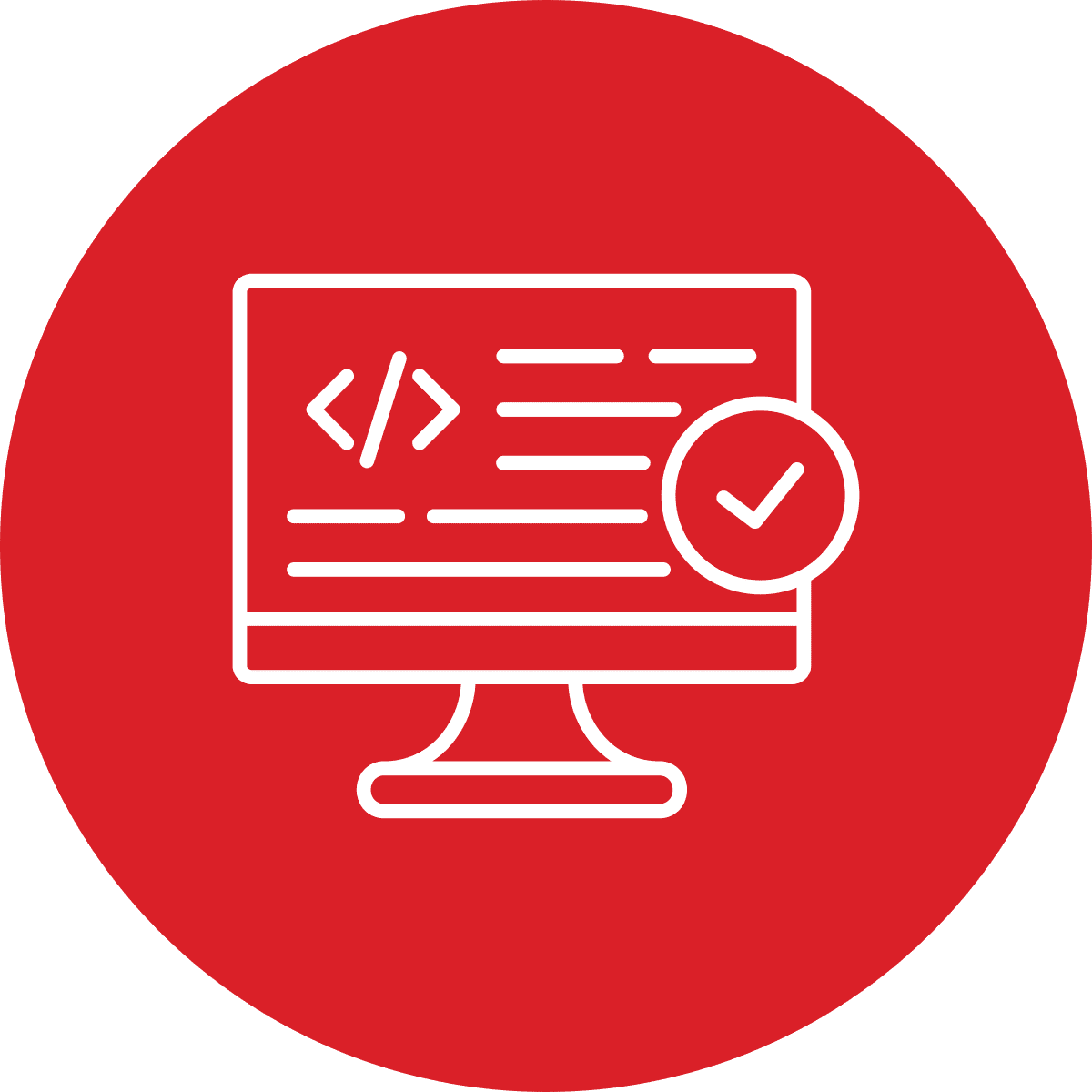
Data in Once
Eliminate duplicate data entry through the use of a single system to meet all your laboratory’s information needs, including sample tracking, data collection, results calculation, report generation and distribution, equipment calibration and billing. Integrate with the other business systems used by your organisation.
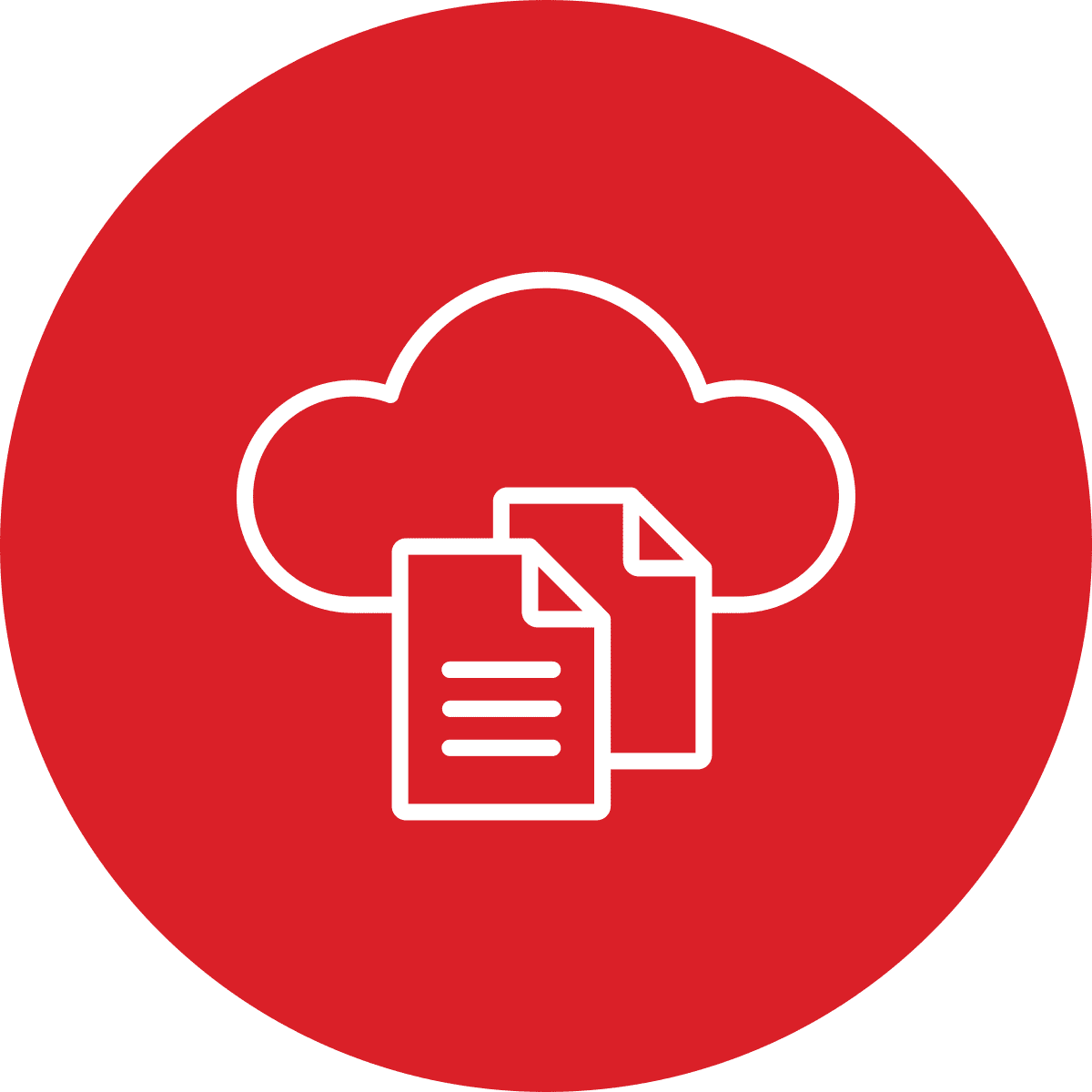
Dedicated Test Report Portal
Construction Hive is a cloud-based platform specifically designed for the distribution and consumption of information amongst industry participants including construction companies, construction material producers, testing consultant laboratories, government agencies and internal staff. It provides a centralized repository of documents and testing and inspection data that is available for review, analytical reporting and integration.
Construction Hive is easy to access via a web browser and easy to use with built-in search and filter functionality.
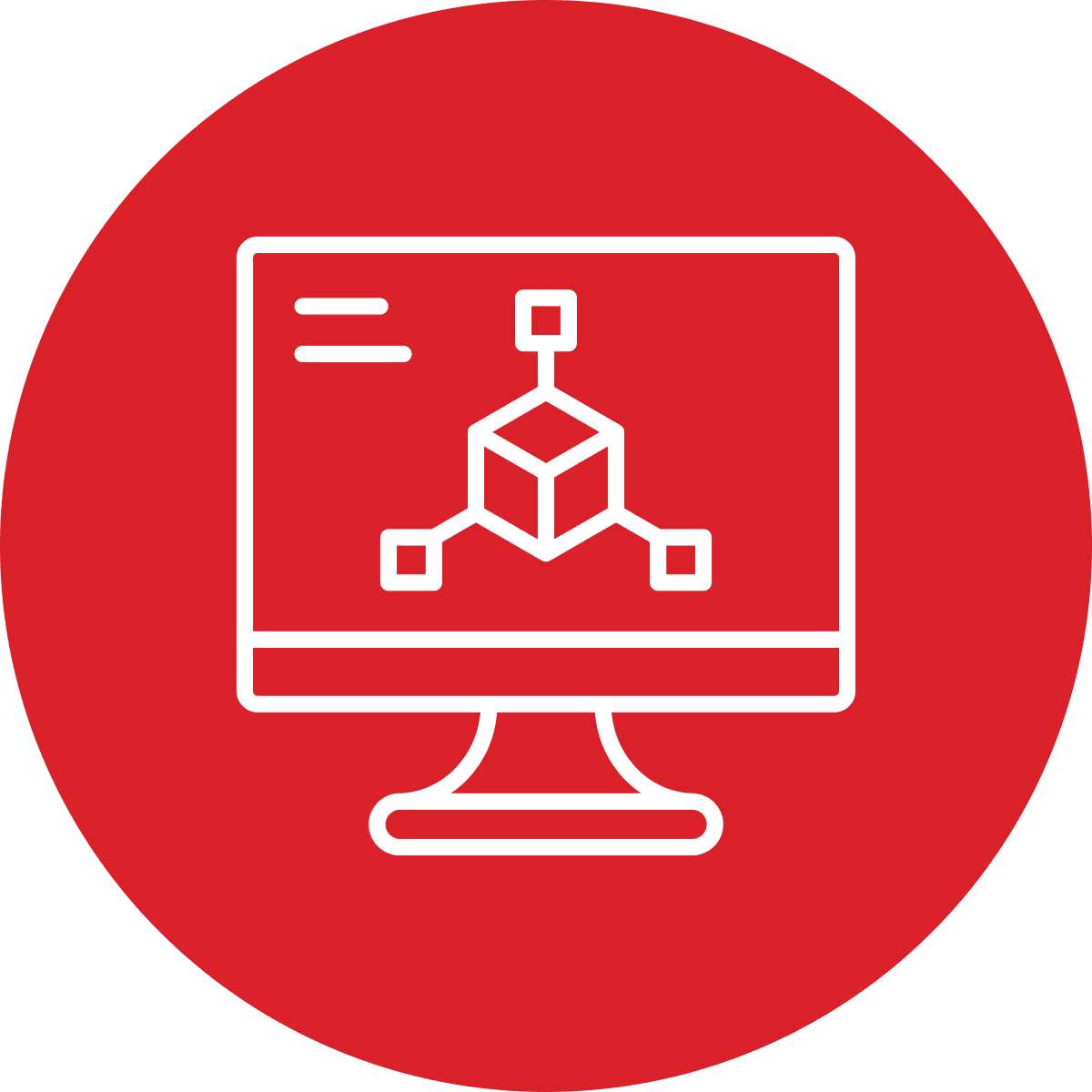
System Integration
Integrate seamlessly with general, specialized and bespoke ERP, financial, planning and other systems. Share information on customers, projects, billing, resourcing, production, etc. Previous integrations have included, but are not limited to, SAP, Oracle Financials, Lawson, BST, Deltek (multiple versions), Command Alkon, etc.
Frequently Asked Questions
Below is a selection of questions that customers ask us often.
We ensure that our ‘electronic worksheets’ (the data entry screens that guide the technician to collect the test data efficiently and accurately) meet the reporting requirements imposed by the test method along with ISO/IEC 17025 and accreditation authority requirements. We do this, so our customers do not have to do it.
Further, when standards change, or reporting requirements are updated, we take care of any necessary improvements or modifications, again, so our customers do not have to do this.
Only as much as it makes sense to do so: one of the key advantage of having pre-configured, vendor-supplied and secured test reports is that end-users are unable to modify them uncontrollably (as is often the case with Excel-based test reports) and thus introduce risk to the organization.
QEST Platform only allows configuration of specific sections of the test reports, so as the integrity of the data contained in the reports is not compromised.
We recognize that even though QEST Platform incorporates an excellent selection of native test reports, there will always be legitimate reasons why a user may need to create a custom test report.
It could be a project (or client) specific test report, it could be a less frequently done test that is not natively supported, or it could be a specialist test procedure, exclusive to the client in question.
For these cases, Spectra QEST has developed a sophisticated Excel linking technology where a user can create test reports in Excel and link them to QEST Platform. Using this technology, a user with appropriate credentials can use Excel, a powerful and familiar tool, to create completely custom test reports that can use data, headers/footers, and other QEST Platform functionality to report data in custom reports.

